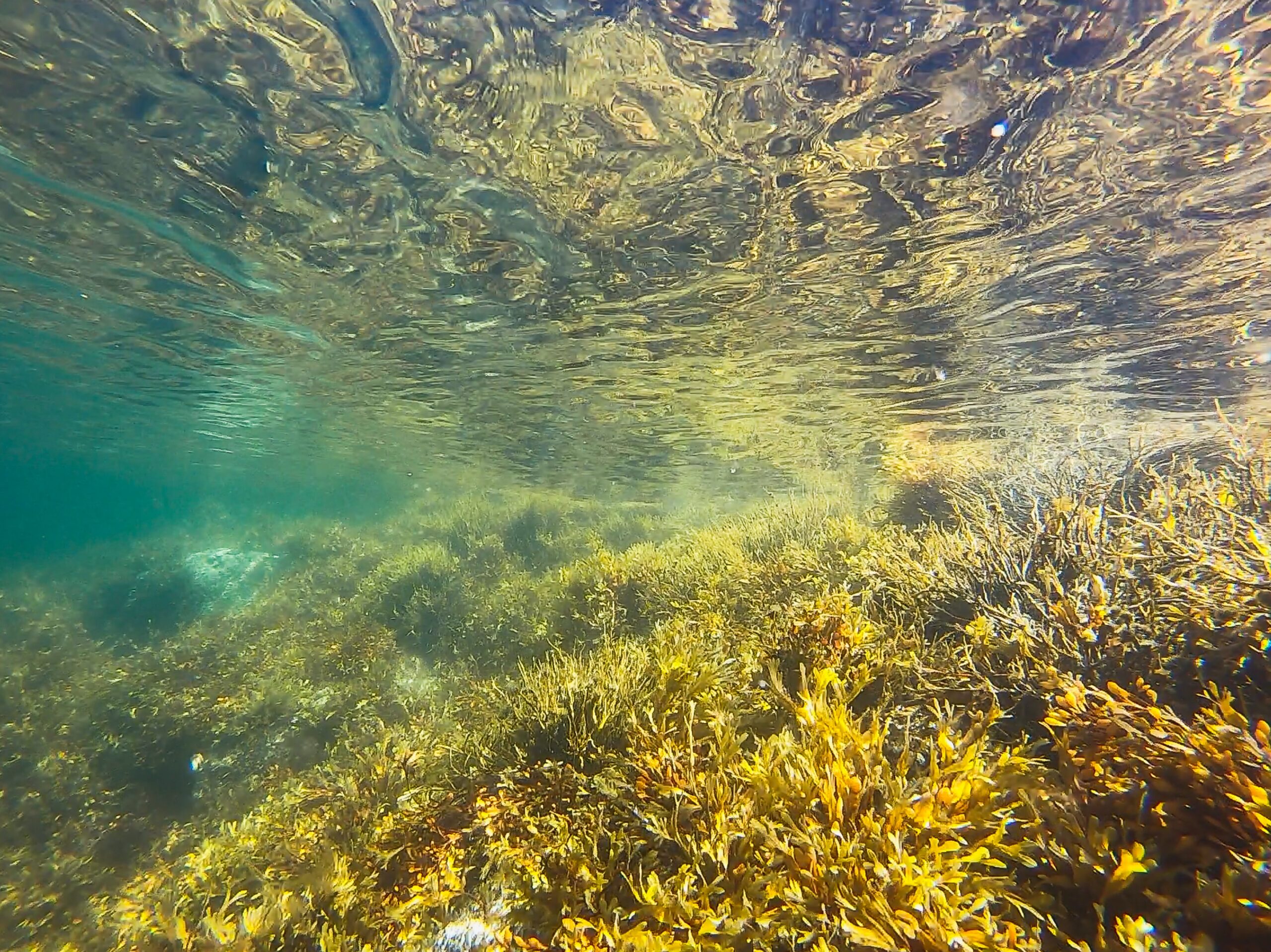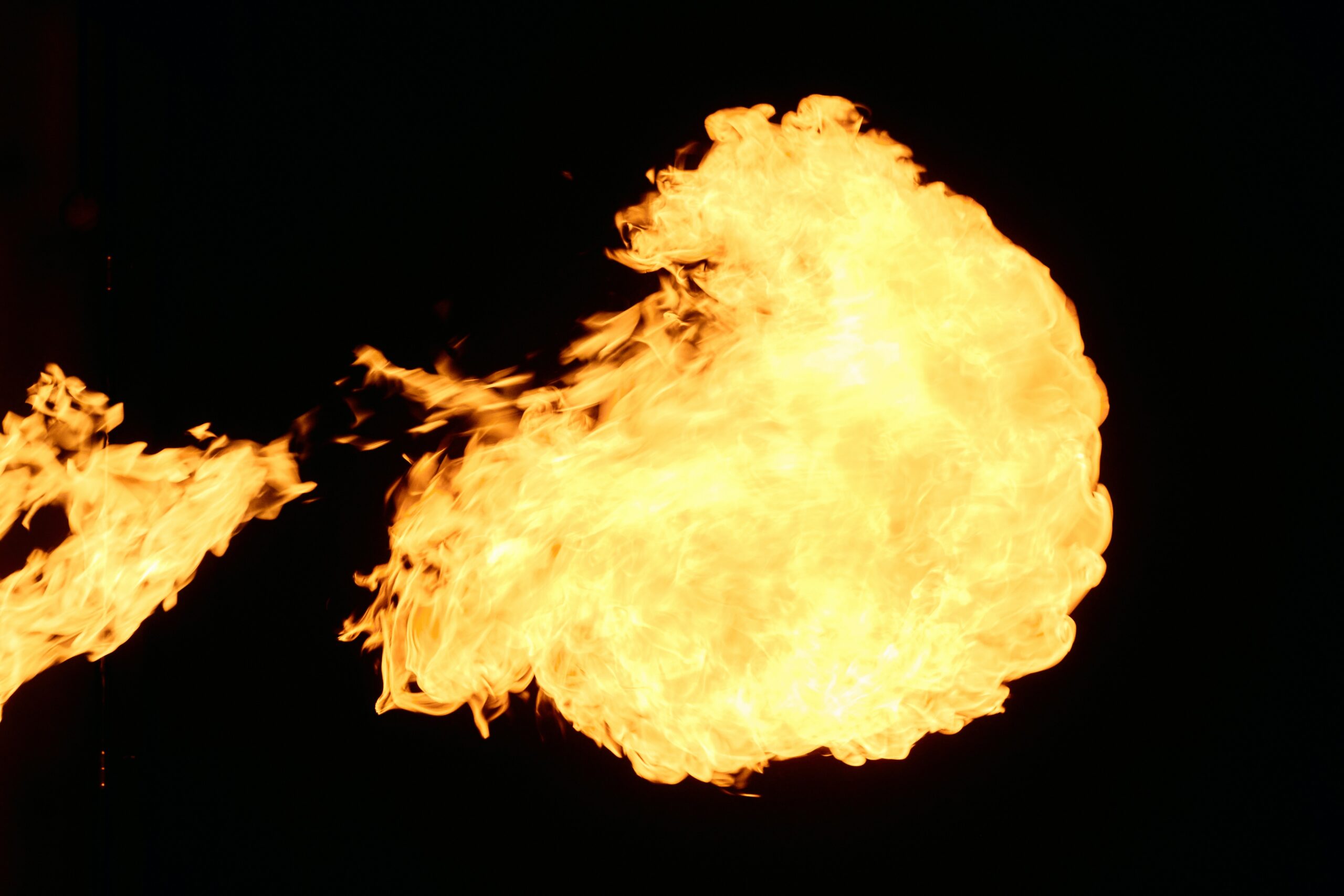Hundreds of deceased marine creatures, including fish, crabs, stingrays, and eels have washed up on the shores of the Indian River Lagoon. Disturbed homeowners on Rocky Point Road initially mistook the floating entities for trash, only to soon identify them as lifeless aquatic animals. The pungent odor emanating from the decaying creatures has exacerbated the concern. Resident Rich Ulbrich lamented the detrimental state of the estuary, noting it was an unprecedented sight for him. Similarly, Jennifer Wigglesworth, another local, voiced her apprehensions, stating that while her family used to frequent the lagoon, especially during the warmer days, they are now hesitant to approach the waters.
Causes Behind the Unusual Deaths
The exact reason for the mass deaths remains speculative, but it has certainly caught the attention of the experts from the Marine Resources Council. Interim Executive Director, Jim Moir, shared with FOX 35 that while warmer waters might decrease the dissolved oxygen levels, the phenomenon might be influenced by other factors too. Water samples from the lagoon are currently undergoing testing to detect potential toxins. Observations made: Wide variety of species were affected. An unusually high number of bottom-dwelling creatures among the deceased. Additional incidents of similar nature might follow.
Decaying Bodies Worsen the Situation
The sunbaked carcasses have not only aggravated the odor problem but have also accelerated oxygen depletion in the water, heightening the chances of the problem spreading. Mara Skadden, the Restoration Coordinator with the Marine Resources Council, mentioned the alarming observation that these animals suffocated before meeting their demise.
Alarming Discovery in the Lagoon’s Sands
In a troubling find, researchers identified patches of black, tar-like sand where typically, the sand exhibits tan and gray hues. This dark, mucky substance, emitting a hydrogen sulfide or rotten egg smell, is inhospitable for marine life.
Seeking the Root Cause
Jim Moir, the Indian River Keeper, traveled around the affected region and observed dead marine animals even 2.5 miles from Malabar. Moir hypothesizes that a combination of high temperatures, low oxygen levels, and possibly an ensuing algal bloom could be at the heart of this calamity. These occurrences not only spell potential ecological disturbances but may also adversely impact the local economy, health, and overall environment. Tests from various samples have been dispatched to labs with the hope of ascertaining the primary cause of this mass fish kill before another wave strikes.
Collaborative Efforts Underway
The Marine Resources Council has teamed up with Florida Tech and FWC to conclude testing and pinpoint the exact toxins present in the Indian River Lagoon. If the fish kill escalates and covers newer areas of the lagoon, residents are warned to anticipate the acrid smell of rotten eggs, visual encounters with the black tar-like sand, and more dead marine life washing ashore. In conclusion, while the Indian River Lagoon faces an immediate crisis, local residents and researchers are united in their quest to uncover the cause and work towards a solution. The swift and collective response from both the community and scientific institutions reflects the significance of the lagoon to the region’s ecological, economic, and social fabric.










